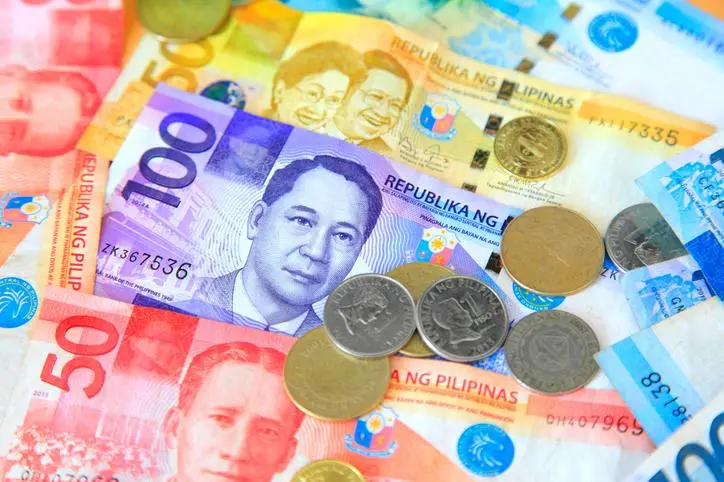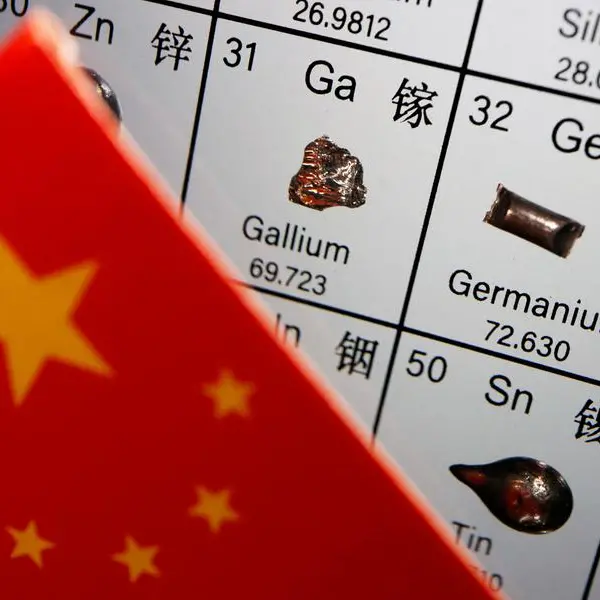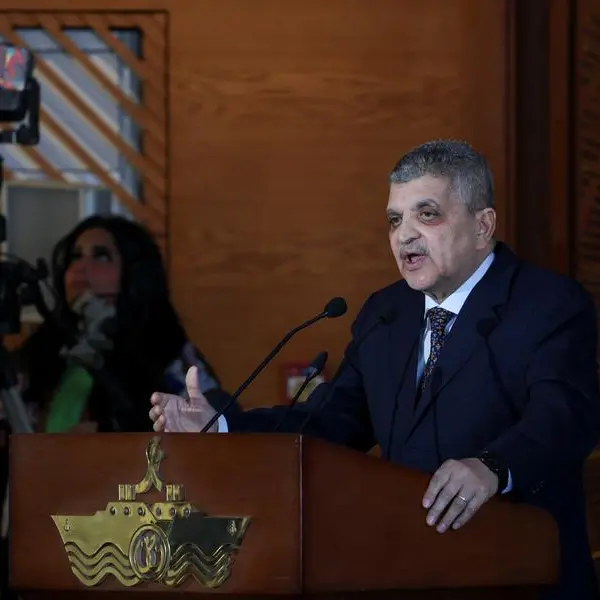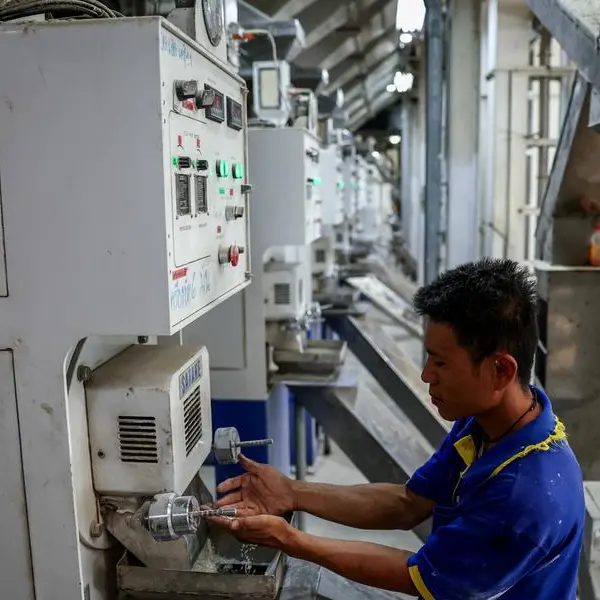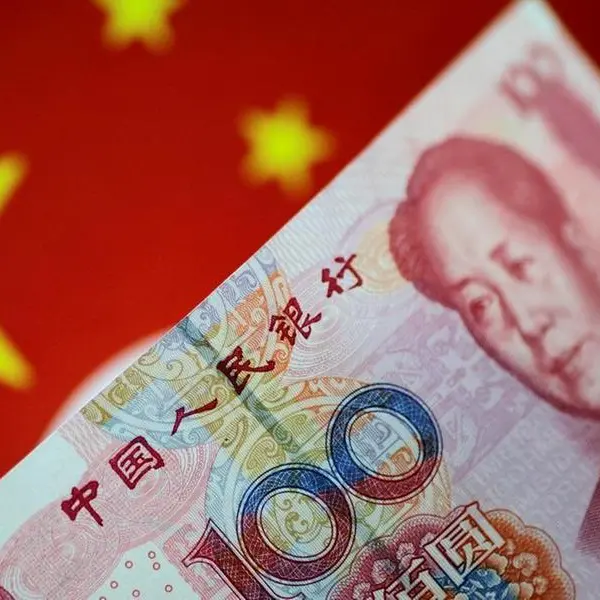PHOTO
Philippinas, Cebu-City. Mandaue. Getty Images
The country's foreign exchange reserves slipped to a two-month low in June after the national government paid maturing foreign obligations and as the Bangko Sentral ng Pilipinas (BSP) prevented the peso from depreciating too sharply against the dollar.
Preliminary data released by the BSP showed that the country's gross international reserves (GIR) declined to $104.7 billion in June from $105 billion in May. It also marked the lowest since the $102.6 billion level in April.
'The month-on-month decline in the GIR level reflected mainly the national government's payments of its foreign currency debt obligations,' the central bank said in a statement.
The BSP also cited the downward adjustments in the value of its gold holdings due to the decrease in the price of gold in the international market.
BSP Governor Eli Remolona Jr. said the month on month decrease was also due to the central bank's FX intervention to prevent the peso from depreciating too much against the dollar.
'It's not all of it, but some of it,' he told reporters on Friday. 'We don't have a target level for the peso. We just don't want the peso to depreciate very sharply.'
The GIR is the sum of all foreign exchange flowing into the country and serves as a buffer to ensure that it will not run out of foreign exchange that it can use in case of external shocks.
Latest data showed the value of the central bank's gold holdings declined by 0.9 percent to $9.91 billion in June from $10 billion in May, while its foreign investments also slipped slightly to $89.49 billion from $89.5 billion.
The BSP dipped into the buffer to intervene in the foreign exchange market to prevent the peso from breaching the record low of 59 to $1. The peso closed at 58.53 to $1 on Friday, strengthening by five centavos from its previous finish.
Despite the decline in June, the BSP said the GIR level represents more than adequate external liquidity buffer.
According to the central bank, the buffer is equivalent to 7.7 months' worth of imports of goods and payments of services and primary income.
It is also about 6.1 times the country's short-term external debt based on original maturity and 3.8 times based on residual maturity.
By convention, the GIR is viewed to be adequate if it can finance at least three months' worth of the country's imports of goods and payments of services and primary income. It is also considered adequate if it provides at least 100 percent cover for the payment of the country's foreign liabilities, public and private, falling due within the immediate 12-month period.
After hitting an all-time high of $110.12 billion in 2020, the buffer declined to $108.79 billion in 2021 and $96.15 billion in 2022, before picking up to $103.75 in 2023.
The BSP expects the country's dollar reserves to hit $104 billion this year and $105 billion next year.
Copyright © 2022 PhilSTAR Daily, Inc Provided by SyndiGate Media Inc. (Syndigate.info).
